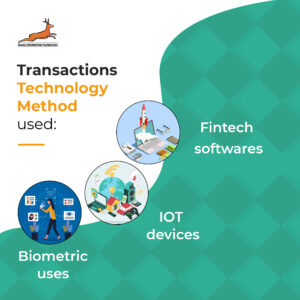Transactions
Transformation Spectrum

- PAST
- PRESENT
- FUTURE
Technology used:
- Book keeping
- File management
- Manual transaction processing
Process followed:
- Recording and classifying transactions
- Summarizing transactions
Technology used:
- Client-server computing
- Transaction processing software
- ERP software
Process followed:
- DTP
 Technology to be used-
Technology to be used-
- Fintech softwares
- IOT devices
- Biometric uses
Past
1. Technologies Used
Bookkeeping – The most basic method used to record a transaction is a journal entry, where the accountant manually enters the account numbers and debits and credits for each individual transaction.
File management – Used to update master files that contain data on organizational entities (customers, employees, suppliers, etc.).
Manual transaction processing – A transaction that is not made online or electronically when the transaction is made available online or electronically.
2. Process Followed
Recording and classifying transactions – The process of entering business events into the accounting system is how transactions are recorded. Classification means separating transactions based on nature and placing them in a format known as a master account.
Summarizing transactions – Displays individual transactions affecting the budget by account code in the reporting period.
Present
1. Technologies Used
Client – server computing – A distributed application structure that divides tasks or workloads between resource or service providers, called servers, and service requesters, called clients.
Transaction processing software – Software that tracks transactions by processing data into an online record system.
ERP software – Elements that support an organization’s ongoing operations and are incorporated into application systems that automate key business processes.
2. Process Followed
DTP – Distributed Transaction Processing allows two or more partner programs to interact with each other on different systems.
Future
1. Technologies Used
Fintech software – Various financial activities such as transferring money, depositing a check using a smartphone, visiting a bank branch to apply for a loan, depositing money to start a business or managing your investments, usually without human assistance.
IoT devices – Higher transaction flow leads to more frequent data analysis and allows for improved performance.
Biometric uses – Point-of-sale (POS) technology that uses biometric authentication based on physical characteristics to identify the user and enable withdrawals from a bank account


 Technology to be used-
Technology to be used-